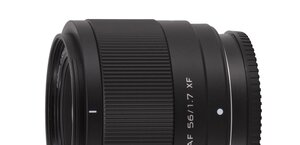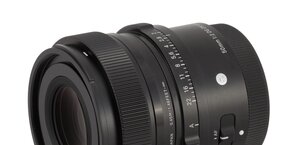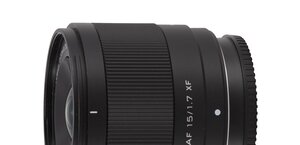Nikon Nikkor AF-S DX 18-105 mm f/3.5-5.6 VR ED
3. Build quality and image stabilization
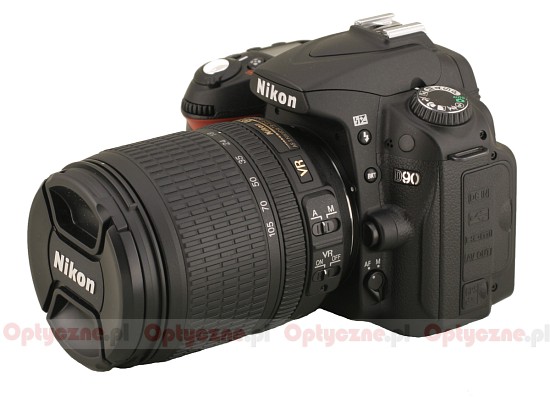 |
The lens starts with a plastic bayonet mount after which you can find a small plate with its name and parameters; on the left is the autofocus switch ( AF/MF) and the stabilization switch (VR On/Off). Then we find a narrow manual focus ring. It’s functionality is low for two reasons. Firstly, it moves too loosely to allow you any precise movement and secondly, the manufacturer didn’t provide any distance scale so we must work without any idea what result we should expect.
Please Support UsIf you enjoy our reviews and articles, and you want us to continue our work please, support our website by donating through PayPal. The funds are going to be used for paying our editorial team, renting servers, and equipping our testing studio; only that way we will be able to continue providing you interesting content for free. |
- - - - - - - - - - - - - - - - - - - - - - - - - - - - - - - - - - - - - - - - - - - - - - - -
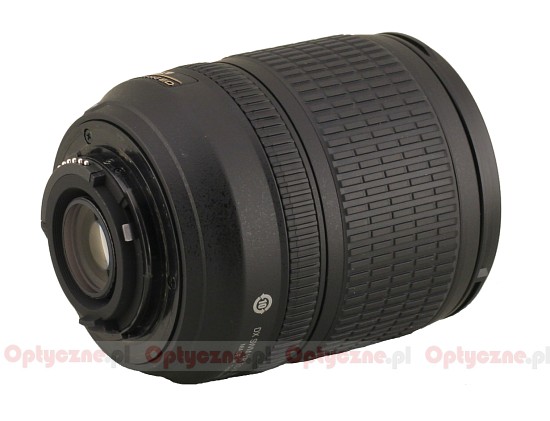 |
The front element is surrounded by the filter thread with a diameter of 67 mm. It doesn’t rotate either by focusing or zooming which should please the users of different filters.
Inside, there are as much as 15 elements in 11 groups. Although the price is moderate, the manufacturers included one low dispersion ED element and one aspherical lens. A circular aperture diaphragm with seven blades, which can be closed down, depending on the aperture, to f/22-36 complements the picture.
 NIKKOR AF-S DX 18-105 mm f/3.5–5.6G ED VR inner construction |
Taking into account the price, we must praise the supplied accessory kit which includes: both caps, a petal-type lens hood and a soft case.
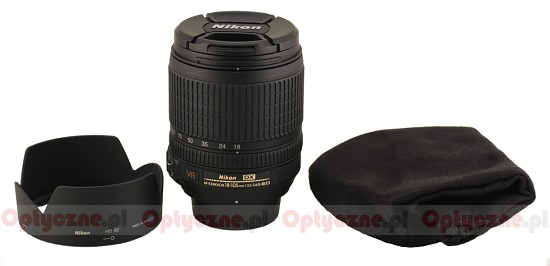 |
Stabilization
In official specifications the manufacturer mentions the stabilization as efficient as 3 EV. The results of our test confirm this information. The graph below shows the correlation between the number of bad pictures and the exposure time (in EV, the zero point corresponds to the shutter speed of 1/100 second), at 50 mm with the stabilization system off (VR Off) and on (VR On). It’s clearly seen that in the middle range, where the efficiency can be assessed in the most objective way, the curves are about 3 EV apart, sometimes even a bit more. Nikkor deserves our praise here.





